
... I knew this dog was more than an investment.
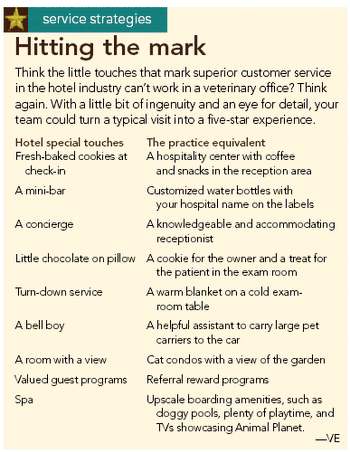
I just returned from a practice-management meeting at the Ritz-Carlton in Amelia Island, Fla. It was our 20th gathering, and we wanted it to be special, which is why we chose a Ritz-Carlton hotel. Everyone knows the Ritz represents the gold standard of service in the hotel industry. How do they achieve this lofty goal?

Your clients seek you out because your approach meets their needs.

"Increased customer loyalty is the single most important driver of long-term profitability," say Scott Robinette, Claire Brand, and Vicki Lenz, authors of Emotion Marketing: The Hallmark Way of Winning Customers for Life (McGraw-Hill, 2000).
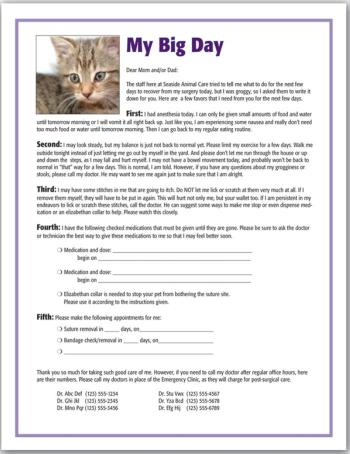
Ever wonder what surgery is like from the pet's perspective? Your clients do.
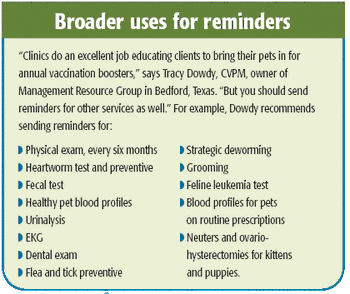
A++ clients make appointments the day they get your postcard, call, or e-mail. Here's how to help the others make the grade.

Ever wish pets could schedule their own appointments and bring themselves in for care? The key to stopping client-created stress is to see your clients for the different breeds they are—and adjust your approach accordingly.

What's considered an inactive client, and how often should you purge inactive clients?

Clients judge the quality and value your practice offers during the first three minutes of contact.

It's easy to overlook the problems that come with making clients wait. We think, "Hey, it comes with the territory." We make excuses. And we hedge our bets, knowing most clients only grow dissatisfied when they wait more than 30 minutes. But that approach won't wow clients. In fact, even a short wait may leave clients disgruntled. So it's an issue you should aim to manage.

After recent media coverage of canine influenza, you're likely to get some questions about this illness.

A disturbing e-mail arrived the other day: Hello, Dr. Bellows: I have a 5-year-old yellow Labrador Retriever that I have routinely cleaned her teeth (with enzyme toothpaste and a brush, recently using Sonicare). Despite all best efforts, she is building up tartar and I think may have a dark spot (cavity on a rear molar).

Use this sample as a starting point to develop your own survey.

Solid business ethics can help you establish a profitable, successful practice. And your clients will see your good side, too. Here are seven principles of admirable business ethics:
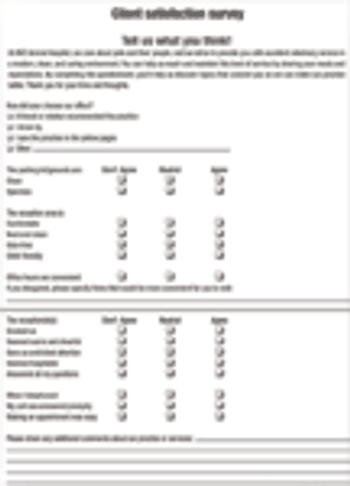
Here's the best way to learn whether you're making the grade on service: Ask. Consider these issues, then visit www.vetecon.com and click on "Forms" to download the sample client survey.
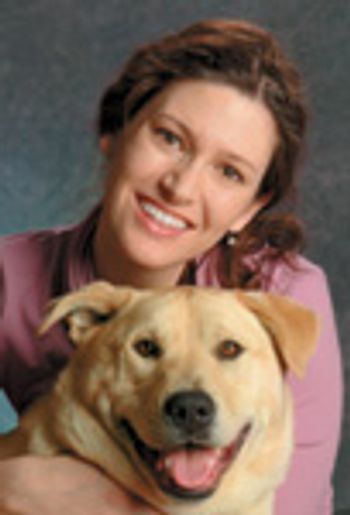
We tried for years to get you all to share your hospital makeover projects—the progress you made with a weekend of work and a bucket of paint. But to no avail.

"I didn't like boarding my dog in a little cage," says Dr. Henry Inglesby, owner of Suwanee Pet Suites and Animal Care Center in Suwanee, Ga. Assuming other vacationing dog owners also hated the thought of leaving their precious canines in tight quarters, he decided to replace the cramped cages.
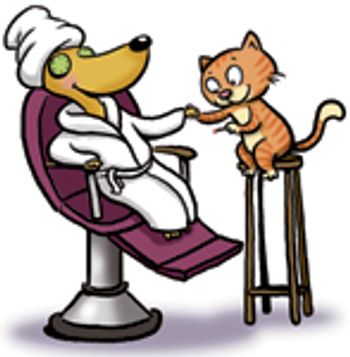
It only takes a little extra effort to make pet owners feel special. The benefit: happy, loyal clients who appreciate your care.
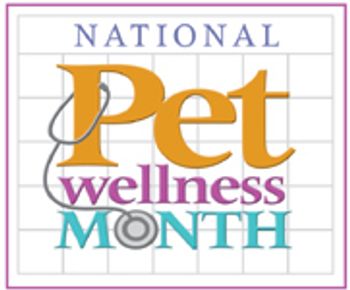
October is the second annual National Pet Wellness Month, sponsored by Fort Dodge Animal Health and the AVMA.
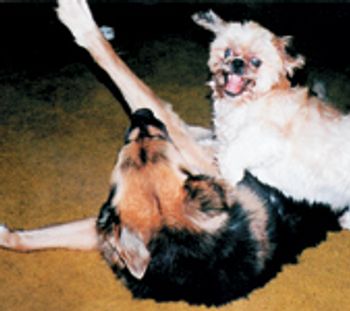
Putting his own needs aside, a man risks snaps and bites and offers outcast dogs unconditional love.

Don't let that next phone call be the client who got away. Use these tips from Sally Hickey, a receptionist at Short Pump Animal Hospital in Richmond, Va.

Between 7:30 a.m. and 9 a.m. chaos ruled in the front office at Catawba Animal Clinic in Rock Hill, S.C., says Hospital Administrator Jean Weaver. "All our dental appointments, surgery appointments, daycares, and routine morning appointments were coming in around the same time," she says. "Our receptionists were overwhelmed trying to check in the appointments in a timely manner, especially with clients rushing to get to work."

Gary Morgan, a receptionist for Robert E. Lewis, a dentist in Overland Park, Kan., has a special talent: He remembers the name of most of the clients who walk through the door. And with more than 1,500 client records in the practice database, that's no small feat.
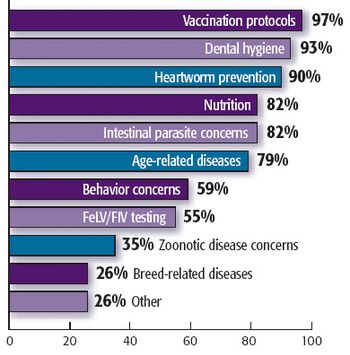
In 23 percent of practices, credentialed technicians are responsible for most of the client's education, according to a recent survey by VetMedTeam.com. In 52 percent of practices, veterinarians handle the bulk of education, while in 19 percent of practices, veterinary assistants take charge of this task. Here's a look at the percentage of respondents who say team members discuss these issues with clients:

Preanesthetic testing helps protect your patients' health and decreases your practice's liability. Here's how to use a client consent form to educate pet owners about this medical service.

I frequently tout the goal of developing a womb-to-tomb relationship with our clients and their pets. At the core of our practice philosophy is the statement, "Focus on long-term relationships versus the short-term dollar."

"The secret to a successful open house," says Christy Johnson, CVPM, practice administrator at Pampered Pet Health Center, "is to make it fun. Have lots of things for clients to see and do, and serve plenty of finger food. Involve your staff, distributors, and drug representatives. And get the word out."

A pet's euthanasia is always difficult for clients, and it can be tough for team members, too. Dr. Mark Reser of Neel Veterinary Hospital in Oklahoma City says he gets great feedback when he takes two key steps.

Gina Toman, a Firstline Editorial Advisory Board member and a veterinary assistant at Seaside Animal Care in Calabash, N.C., says that when you do a good job passing the client off to the receptionist after the appointment, you help prevent missed charges and improve the client's experience.

Picture this: You're explaining why Baxter needs heartworm preventives when the tinny sound of Beethoven's 5th erupts from inside your client's purse.